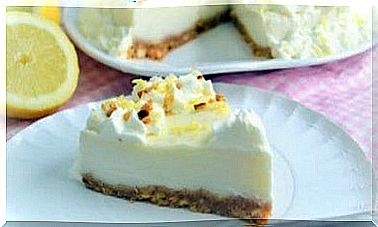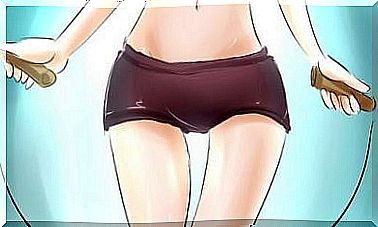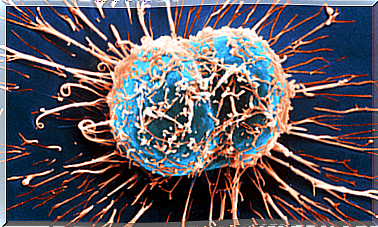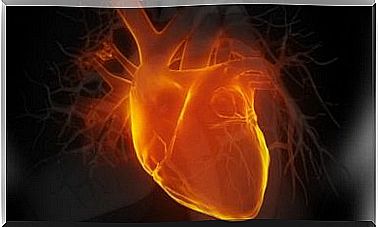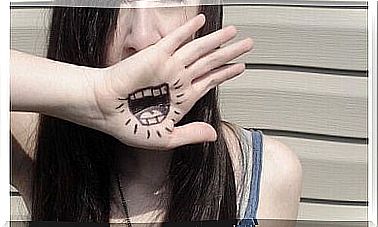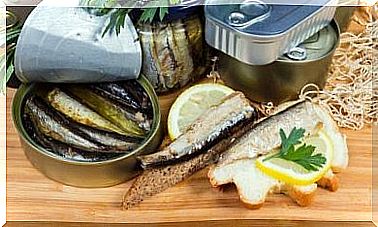Wound Closure: Basic Techniques

In general, wounds are lesions on the outer surface of our body. They can also be defined as a loss of skin continuity caused by an external agent. Based on the characteristics, the medical team chooses the most appropriate wound closure technique.
One of the most used techniques in wound closure is suturing. However, there are several variations within this method. The doctor has the task of choosing the most suitable for the type of lesion.
Wound closure based on the type of injury
Wound classification

The first factor is the cleanliness of the wound. A clean lesion is recent, not contaminated with foreign bodies and not inflamed. A dirty wound, on the other hand, can also be subsequent to the trauma and appear torn, contaminated or with the presence of foreign bodies.
Another classification of the wounds takes into account the element that caused the injury (blade, firearm, etc.). Or they can be divided according to appearance, if it has involved other structures besides the skin, etc.
Stages of wound healing
Wounds usually follow a precise pattern of regeneration or healing.
- Inflammatory phase. It is also called the reaction phase and is present in the first few days. In this phase the blood vessels dilate and the vascular permeability increases. Serous liquid is filtered out and the leukocytes form a protective layer, the crust.
- Proliferative phase. Another name to indicate the regeneration or granulation phase. It begins about three days after the trauma and ends a week or two later. The body begins to replace the lost collagen and the recovery of the lymphatic and blood vessels occurs.
- Ripening phase. It generally corresponds to the remodeling phase of the wound. It begins a few weeks after the trauma and ends, in some cases, years later. During this time the scar decreases in depth and size. At the end, the wound will take on a lighter color than the surrounding area.
How to treat a wound?

In any case, the medical team must follow the basic procedure for treating wounds. A ranking of priorities must be drawn up, especially in the event of an accident or other emergencies.
First, if necessary, the patient should be given anesthesia to reduce pain caused by wound closure. It can be administered locally or systemically, depending on the severity of the injury, for example with lidocaine-based drugs.
Afterwards, any foreign bodies inside the wound should be carefully and gently removed. Appropriate and sterile instruments are required for this. A wash based on abundant physiological solution completes the cleaning phase.
Techniques for wound closure
If necessary, the doctor proceeds with the suture to join the tissues that have diverged. Depending on the characteristics of the lesion, the medical team establishes the most appropriate type of suture:
- Approach technique with adhesive sutures. A series of plasters are applied perpendicular to the wound, which are pulled up to approach the flaps. They typically come off on their own a few days later, especially if the skin is damp.
- Metal points. They are small metal staples that keep the wound still and the flaps close together, in order to stimulate tissue regeneration. Removal is carried out with a special device.
- Sutures with thread. There is a large variety of threads and types of knots that the specialist can use depending on the tissue to be treated and the shape of the wound. In this case, it will be necessary to use a needle to stitch the entire surface of the lesion.
